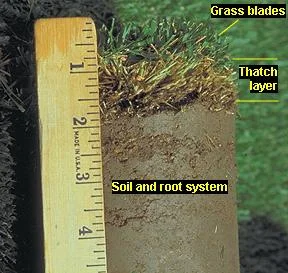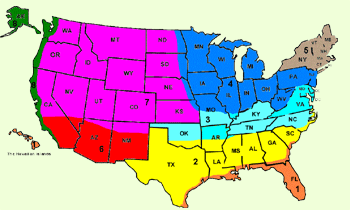Key Takeaways
Mowing techniques offer:- Visual Appeal: Straight lines enhance the lawn's aesthetic beauty.
- Efficiency: Methodical patterns reduce time and effort.
- Health Benefit: Consistent mowing direction promotes grass health.
While training new employees I have found that mowing straight lines in larger yards is not something that comes easily for some people. It almost seems inevitable that if you are using a walk behind mower and traveling a longer distance your first line is going to be crooked. This is problematic because it's the line used to base the rest of the mowing pattern off of. I have created a brief video to show how I used a crooked first line as a means to develop straight lines. Although this might seem basic to some people, I have seen many home owners and lawn care companies mow entire yards based off of an initial crooked line, ending up with a wavy pattern in the grass.
The video below demonstrates how to produce straight mow lines after starting off with an "S" shaped line.
Once the crooked first pass has been completed, look for the section of it that has the straightest line. In this case, the beginning of my first pass had the straightest point, so I lined the wheel up with the wheel pattern of the first 50' or so and overlapped the end of my first pass. Now, after two passes, I have corrected the latter half of the first line.
I complete my third pass by repeating what I did with my second line, overlapping the final portion that remains crooked. After three passes I now have two straight lines as well as a straight reference point from which to mow the rest of the lawn.
[youtube]https://youtu.be/3uKQSYX_UDU[/youtube]













